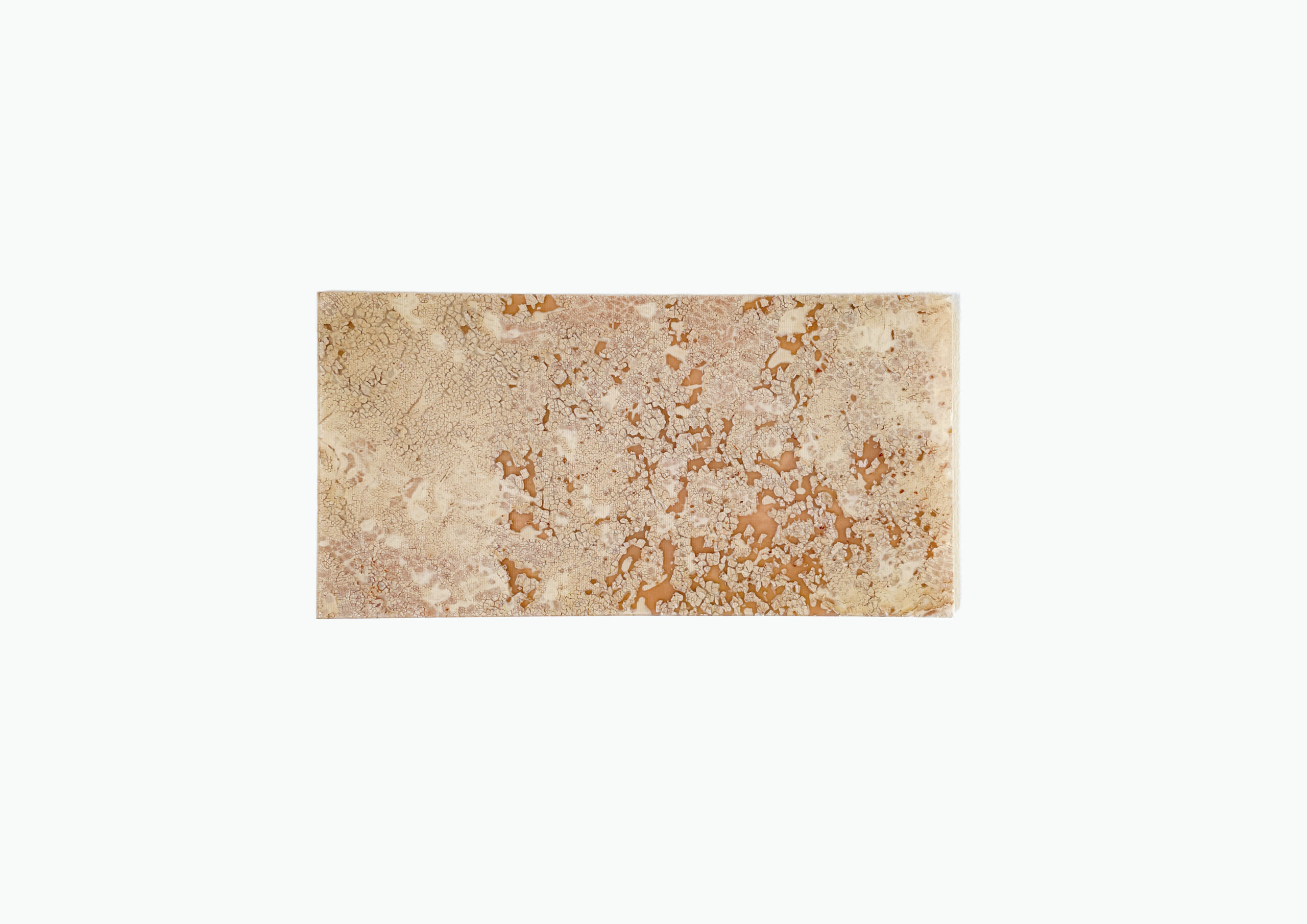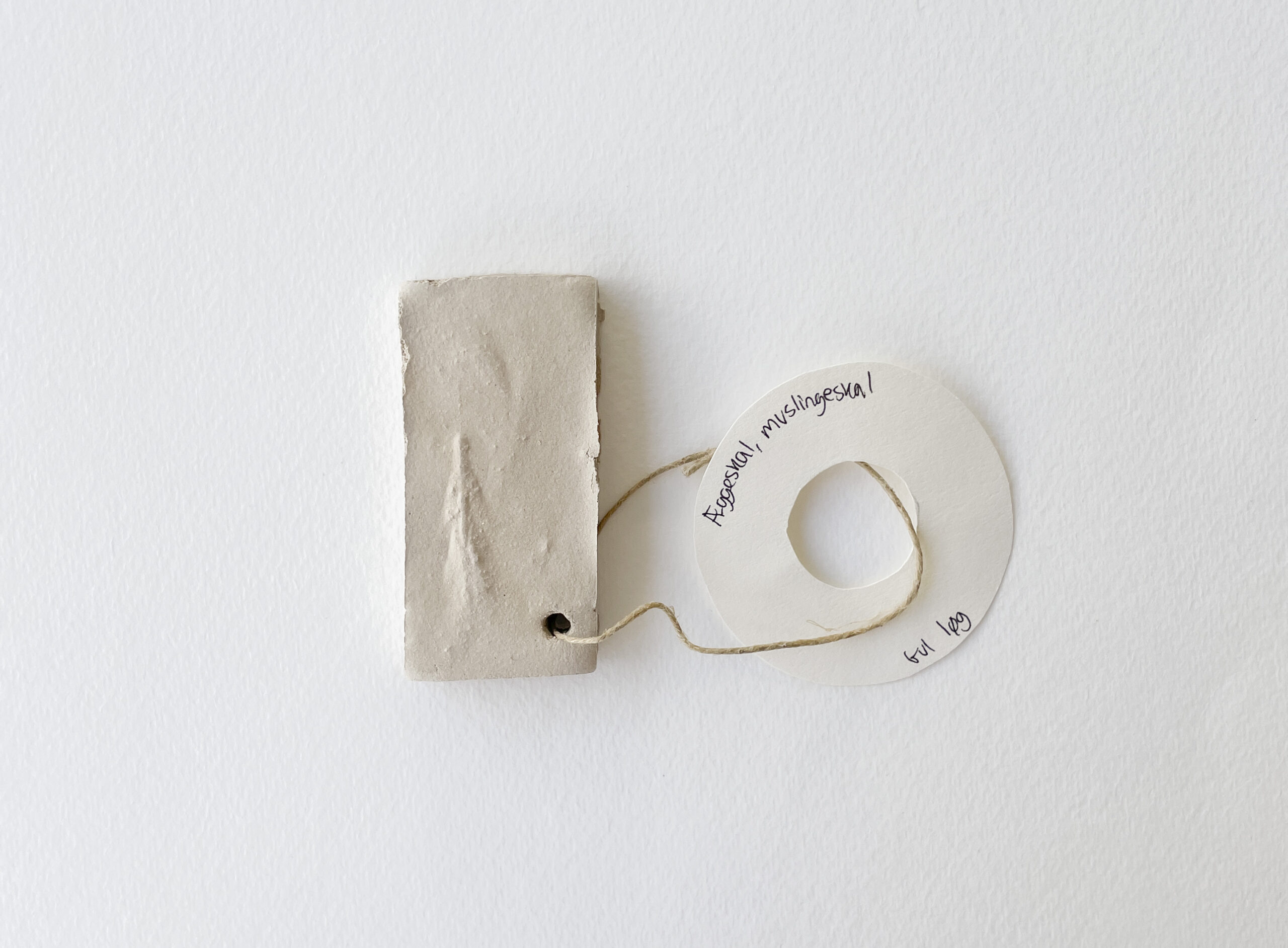Properties & Qualities
Application
Architecture Lighting Product
Qualities
2D Rigid Translucent
Colour
Earth-colour Orange White
Sample Information
Date of creation
2011
Dimensions
Max size 40x40 cm Thickness 3-5 mm
Culture & Context
Fibre composites are predominantly used for functional application, where the fibre serves as reinforcement for a plastic matrix. Often the composition itself is often covered by a finish to protect the composites from wear and tear. However, this also makes the textile component invisible and from a visual perspective passive. By emphasizing the aesthetic value of the textile component, the researchers have explored new and visual potentials of the material composition. In doing soe researchers have experimented with traditional textile design skills such as layers of textile, textures, patterns and colours.
Process & Production
The manufactured fiber composite laminate consists of alternating layers of textiles and PLA-sheets.
The main function of the textiles is to contribute to the overall visual impact, while secondary function is to provide strength and stability. The visual textile laminas have been made of woven, knitted and non-woven fabrics mainly from natural fibers being dyed, printed and elsewise treated in different manners. The stabilizing textile laminas have been made of a plain cotton weave.
The laminates have been manufactured in an industrialized thermo consolidation device at the Fiber Laboratory, Department for Materials Research, Risø DTU National Laboratory for Sustainable Energy.
The process conditions were set to heating the lay-up to 190°C for 5 min in
vacuum followed by consolidation for 1 min under pressure.
The manufacturing device enabled laminates with the dimensions 40x40cm; large enough to give an indication of the workability of the given material combination, but too small to fully understand its visual strength.
In the specific sample, the following textile have been applied:
Layer 1: Reactive dye screen printing on silk fabric.
Layer 2: Pigment print on thin silk organza fabric
You can read more about the study here:
Hasling, K. M. (2012). Biokompositter – fremtidens vidundermateriale. In: Innovation, strategisk udvikling og kreativitet – designforskning i virksomheder (in Danish)
Hasling, K.M. (2011). Visual Bio-composites – Establishing New Conditions for an Old Material. In: Hallnäs (ed). Proceedings of Ambience ’11, pp. 152-157 (conference proceedings)
Credits
Craft Maker
Karen Marie Hasling Louise Ravnløkke
Library Contributor
Design School Kolding
Photographer
Evy Cornelissen



















